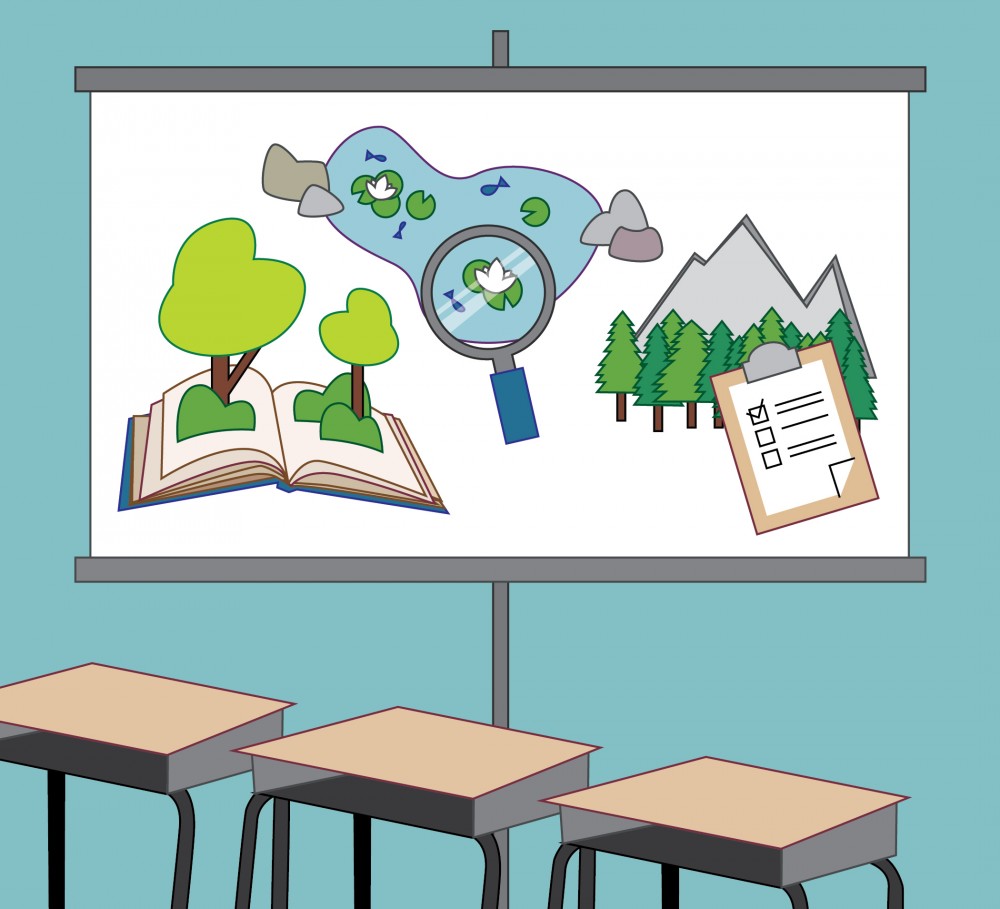As part of a larger push to broaden environmental education, a University of Minnesota department launched a new major this fall that explores interactions between humans and the geological environment.
The new environmental geoscience major is a step for the University to make environmental education opportunities more accessible to students.
“’Environmental’ is kind of a buzzword,” said Shanna Schmitt, a hydrogeologist for the Minnesota Pollution Control Agency and one of the industry experts consulted on the creation of the new major. “The environmental aspect [of the major] might draw more attention.”
Faculty in the Department of Earth and Environmental Sciences said they hope the number of students in the department will double as a result of the new major.
The creation of the major is partly in response to the growing field of earth and environmental sciences. There is a high demand for geologists in the workforce, according to experts in the field.
In the process of developing the major, an advisory board was created in the department to help bridge the gap between industry and curriculum. The external advisory board is made up of people in the field of geology and helps figure out what students need to have a good foundation going into the field.
“They wanted input, they wanted to help students be better prepared for non-academic careers,” said Carrie Jennings, who chairs the board.
The idea for the new major also came from a desire from faculty to offer more opportunities to students interested in entering the industry after they graduate, rather than going into academia.
“We were really good at creating top-flight researchers,” said Joshua Feinberg, the director of undergraduate studies in the department. “We weren’t paying as much attention at the time to folks who wanted to go into non-academic career paths.”
The department has been working over the past couple years to provide more resources, including the new major, to students interested in entering the industry.
To develop the geology major, Feinberg consulted with employers in the industry on what skills they want their “dream new hires” to have.
Requirements for the new major are based on their feedback.
“Not a lot of professors know what it is like in the industry where most geologists work,” said Keith Rapp, senior hydrogeologist at Pinnacle Engineering, an environmental consulting company. “There is a much greater focus now on how we prepare these kids for the next places they wind up.”
Rapp, who also helped with the creation of the environmental geoscience major, said adding the environment component to the name brought the department more recognition for their environment-related work.
Among other changes, the new major does not have the same prerequisites as an earth science major, the other degree program in the department. Students are not required to take as many calculus and physics classes with the new program. Feinberg said the other major’s prerequisites sometimes gave students a hard time and the new major accommodates people who may not like math.
“There has been an evolution that attracts kids that normally wouldn’t be attracted to getting a Bachelor of Science in geology,” Rapp said.







